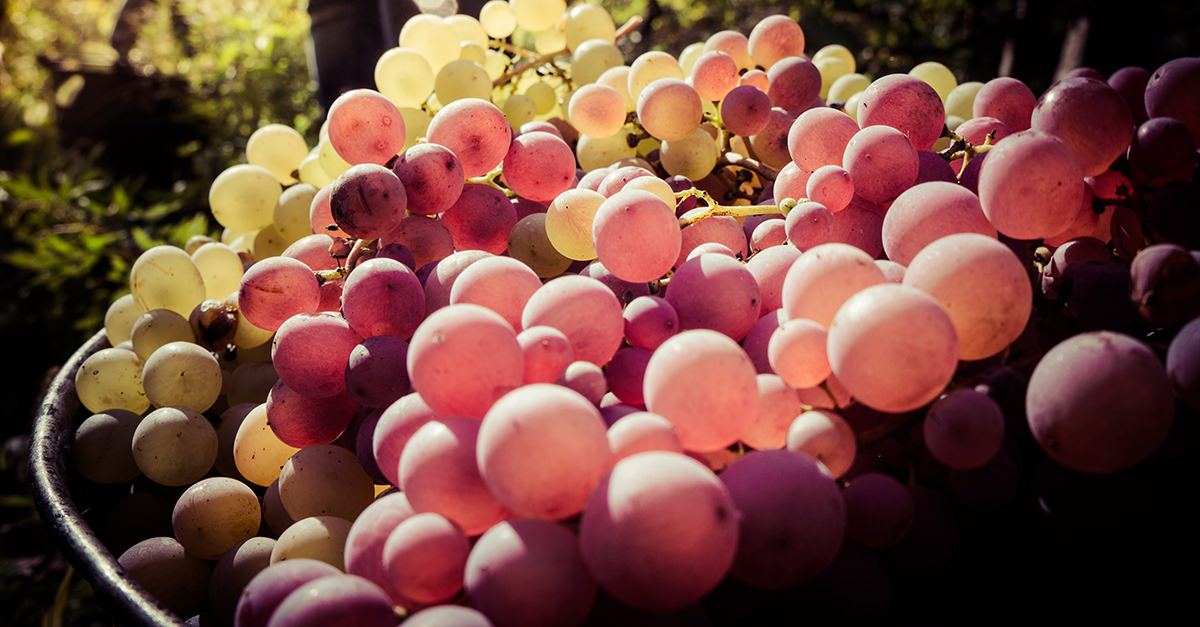Alicante Bouschet
Alicante Bouschet or Alicante Henri Bouschet is a wine grape variety that has been widely cultivated since 1866. It is a cross of Petit Bouschet and Grenache. Alicante is a teinturier, a grape with red flesh. It is one of the few teinturier grapes that belong to the Vitis vinifera species. Its deep colour makes it useful for blending with light red wine. It was planted heavily during Prohibition in California for export to the East Coast. Its thick skin made it resistant to rot during the transportation process. The intense red color was also helpful for stretching the wine during prohibition, as it could be diluted without detracting from the appearance. At the turn of the 21st century, Alicante Bouschet was the 12th most planted red wine grape in France with sizable plantings in the Languedoc, Provence and Cognac regions. In 1958, Alicante Bouschet covered 24,168 hectares (mainly across southern France); by 2011, plantings represented less than 4,000 hectares. This scenario is largely reversed in other regions of Europe, and in southern Portugal, where its wines are highly prized and frequently outscore traditional autochthonous varieties. The grape was first cultivated in France in 1866 by Henri Bouschet as a cross of Petit Bouschet and Grenache. The Petit Bouschet grape was created by his father Louis Bouschet. The result was to produce a grape with deep color and of higher quality than the Teinturier du Cher. Several varieties of Alicante Bouschet were produced of varying quality. The grape's high yields and easy maintenance encouraged its popularity among French wine growers, especially in the years following the Phylloxera epidemic. By the end of the 19th century there were Alicante Bouschet plantings in Bordeaux, Burgundy, Loire Valley and Alentejo, Portugal The grape was widely popular in the United States during the years of Prohibition. Grape growers in California's Central Valley found that its pulp was so fleshy and juicy that fermentable juice could be retrieved even after the third pressing. In contrast, wines made from grapes like Chardonnay and Merlot typically only include the juice from the free run (before pressing) and first or second pressing. The grape's thick skin also meant that it could survive the long railway transportation from California to New York City's Pennsylvania Station which had auction rooms where the grapes were sold.
Source: Wikipedia



